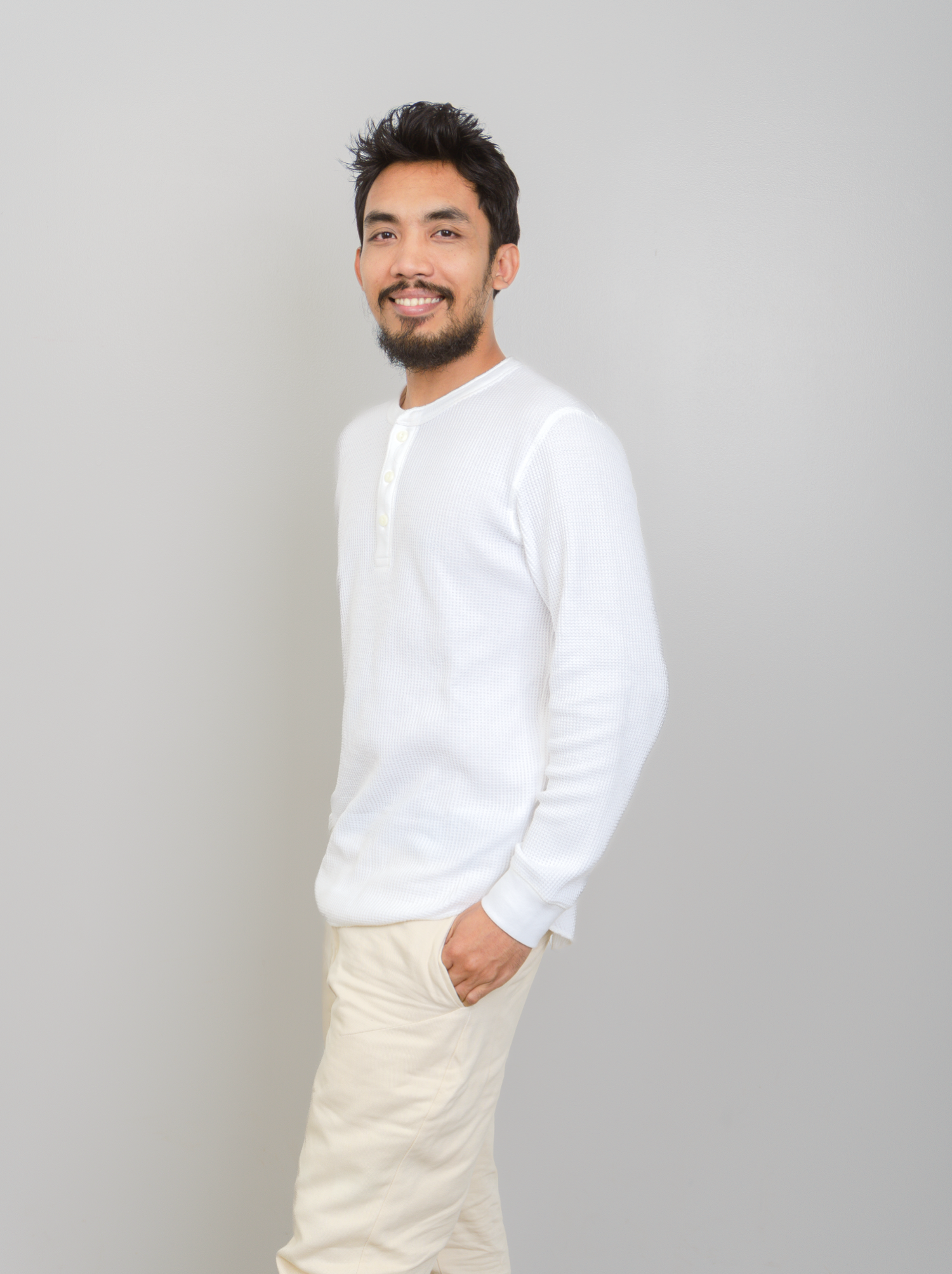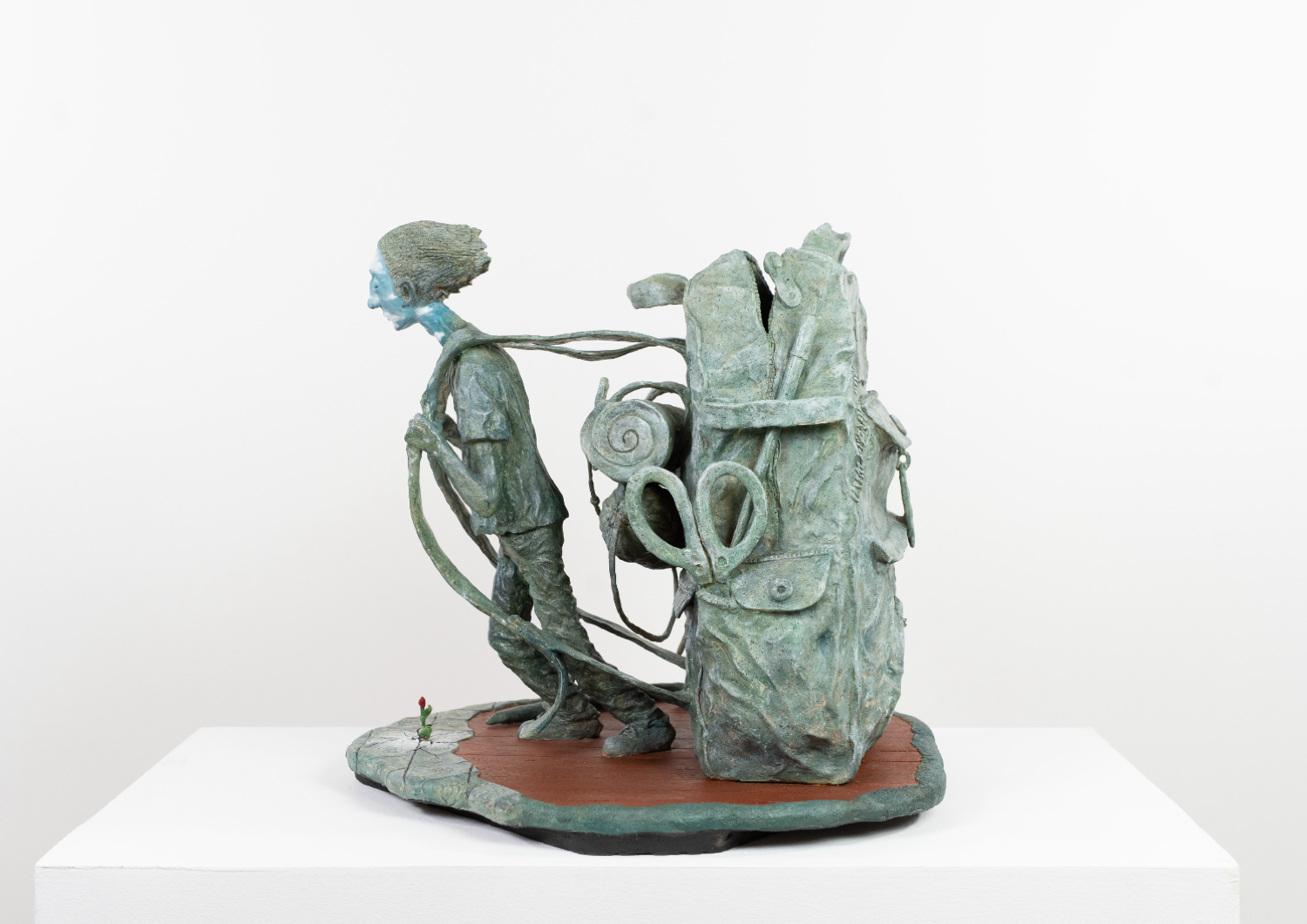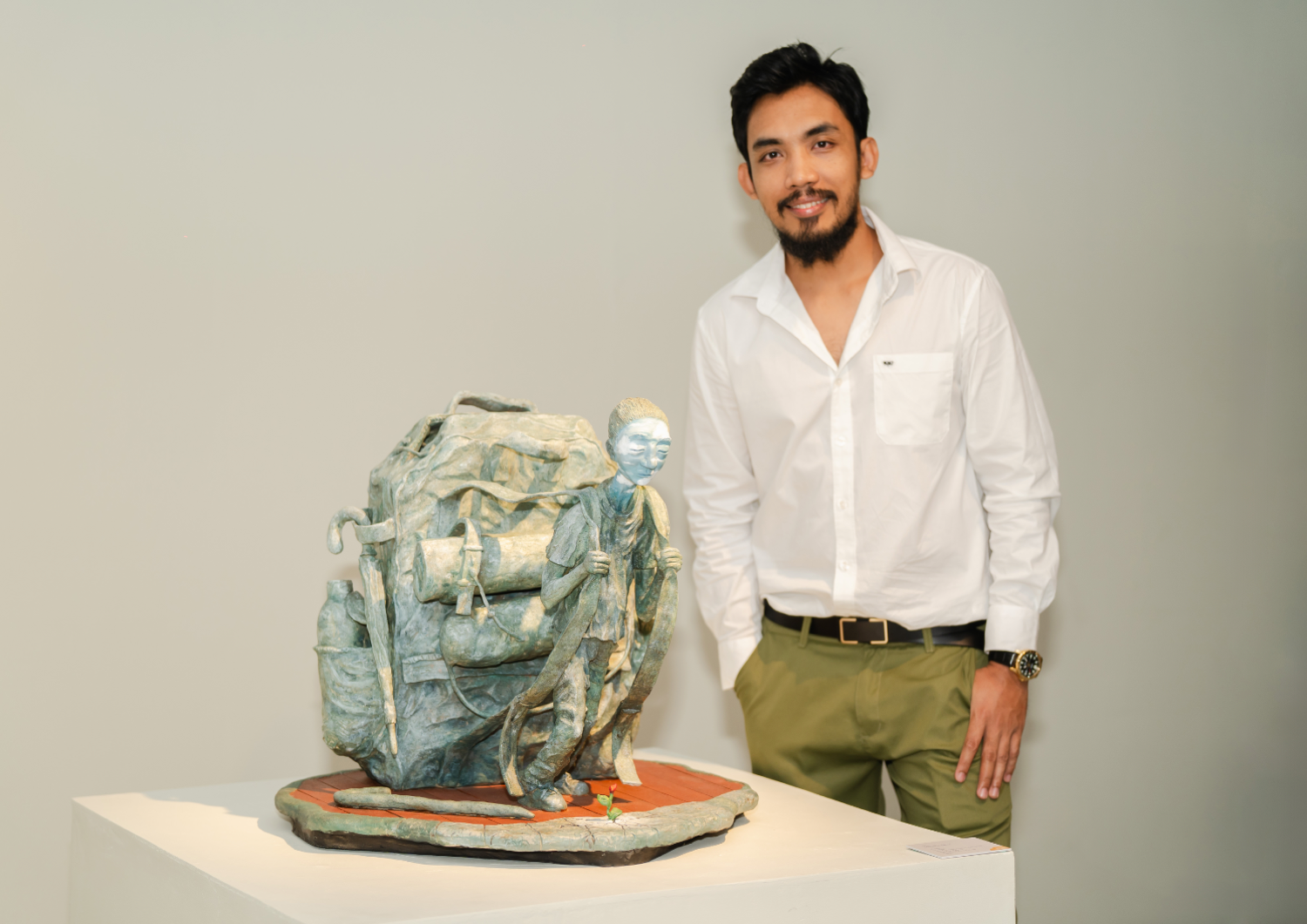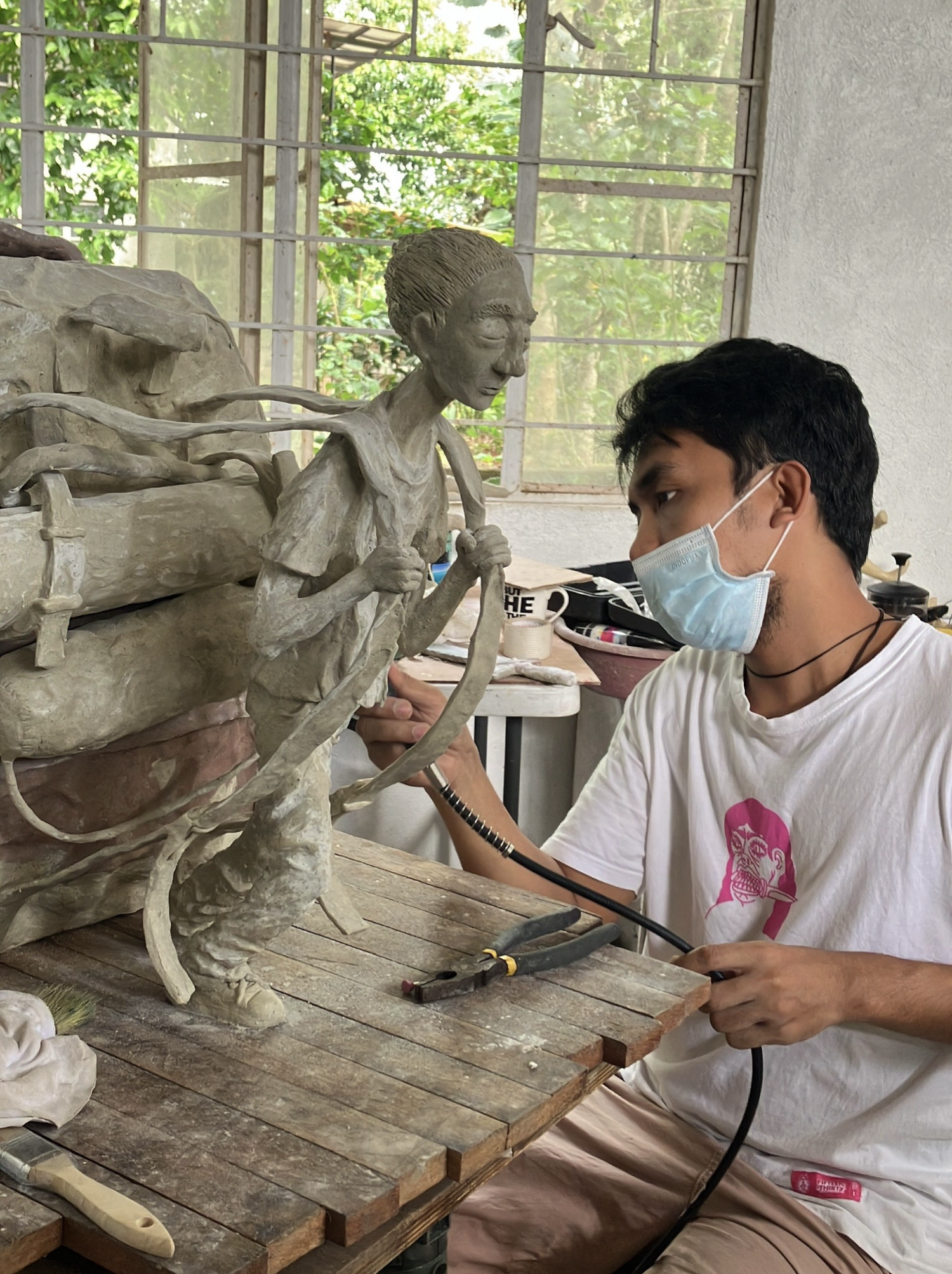Interview The Kanto team
Images MADE 2025 and Michael Delmo
“We believe that the growth of Filipino artists contributes to building a more vibrant and cohesive nation. Through MADE, we are committed to cultivating boundless spaces for expression, innovation, and lifelong learning so that our artists can continue to shape not just the country’s cultural legacy but also inspire new ways of thinking,” opens Metrobank Foundation president Phillip Dy.
Building on this vision, the Metrobank Art & Design Excellence (MADE) 2025 Awards celebrate a new generation of Filipino artists who dare to explore, innovate, and redefine the boundaries of contemporary art. With the theme “Boundless Art,” this edition not only honors exceptional talent but also reintroduces the Mixed Media category—a nod to the pioneering spirit of the 1984 to 1987 editions.
Led by Toym Leon Imao, a multi-awarded artist and former MADE awardee, the distinguished jury reunited fellow former MADE awardees and contemporary art masters Leeroy New and Raffy Napay. The panel also included contemporary art market luminaries Frederick Flores and Geraldine Araneta, sculptor Reginald Yuson, and renowned curator Tessa Maria Guazon.
The winning pieces will be showcased in the exhibition titled Vast Horizons, the 41st edition of MADE’s tribute to the limitless potential of art. Running from September 19 to October 18 at The M’s North and South Galleries in Bonifacio Global City, Taguig, the exhibit invites the public to see the program’s forward-looking evolution in the local art landscape.
Kanto conducted a series of interviews with this year’s seven awardees, inviting them to reflect on their creative journeys, personal philosophies, and the stories behind their winning works. Below is our conversation with Special Citation Recipient Michael Delmo on his winning piece, “Bagahe,” and how it represents the “weight” we carry individually and collectively.


Congratulations, Michael! “Bagahe” presents weight as both burden and identity. How did you arrive at the decision to let ‘baggage’ become the central metaphor of your work?
Michael Delmo: This sculpture captures a solitary figure, hunched forward under the weight of an overgrown, organic mass strapped to its back—part backpack, part burden, part extension of the self. The figure’s posture and the curvature of the straps evoke the slow, deliberate movement of a snail carrying its shell, a visual metaphor for endurance, persistence, and the inescapable weight of one’s existence. The bag, far from being a mere container, is a living archive of objects: scissors, a rolled-up mat, brushes, clothing, artifacts of labor, survival, and creative pursuit.
The figure’s face, marked with blue and white, suggests clouds drifting across the sky, reminding us that, despite the weight of struggle, there remains a connection to something larger, something beyond. The fractured ground hints at instability, yet from its cracks, a single red flower emerges fragile but unyielding, a symbol of resilience and the possibility of growth.
This is a work about the artist’s journey, a relentless pursuit of excellence, authenticity, and creative evolution despite the struggles that mark the path. But it is also a Filipino narrative, one that resonates with the diaspora of migrant workers who, in their search for greener pastures, carry both hope and mourning—the longing for home, for family, for the life left behind. The weight they bear is not just personal but historical, cultural, and collective. And yet, they move forward. Always forward.
Beautifully described! You mentioned the bag holds tools and traces of work. Do you see those objects as personal references, or as symbols meant to stand in for shared experience?
Both. The tools connect to my own process, but they also point to a collective story. We all carry traces of labor, survival, and memory. So while the objects come from me, they are meant to echo something familiar in everyone: a sense of shared burden and shared humanity.


You describe allowing materials to guide you. In working with sand, cement, and wire, what unexpected qualities did you discover that shaped the final form?
At first, I imagined these materials as only strong and heavy. Later, I discovered fragility in the sand, flexibility in the wire, and even vulnerability in the cement when it begins to crack. These qualities surprised me; they mirrored how human identity feels: strong on the outside, yet fragile, shifting, and layered within.
MADE gathers artists working in many forms. What did it mean for you to place “Bagahe” in dialogue with works outside of sculpture?
Since I am also a painter, it made me realize that my work is part of a larger conversation. “Bagahe” may be a sculpture, but its themes of weight, memory, and identity resonate beyond material. Seeing it alongside painting and other forms reminded me that art is one language spoken through many mediums.
Reaching this part of the competition, did feedback from fellow artists, friends, or viewers shift how you now think about the work?
Yes. At first, “Bagahe” was simply very personal. Hearing others connect their own stories to it—their burdens, their weights—made me see it more as a mirror. This helped me understand that the work is not simply my baggage taking form, but an invitation for others to see and even release theirs. •


